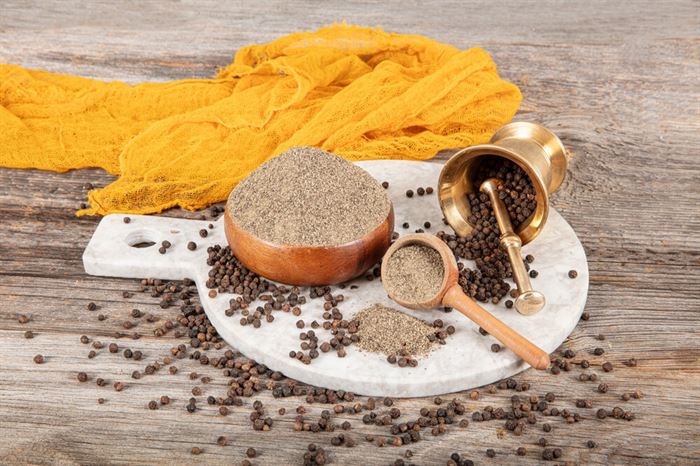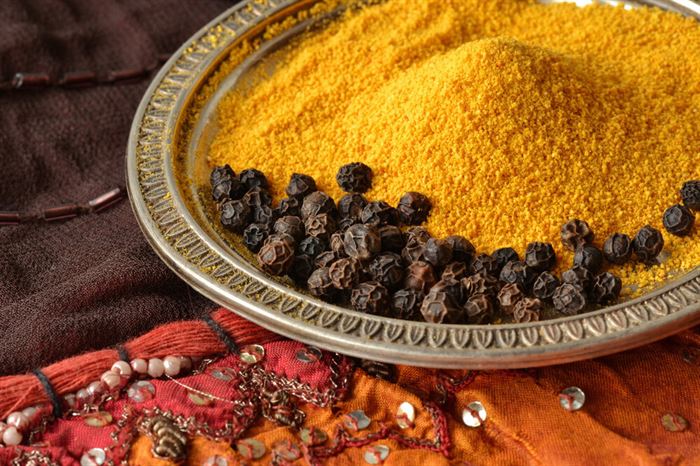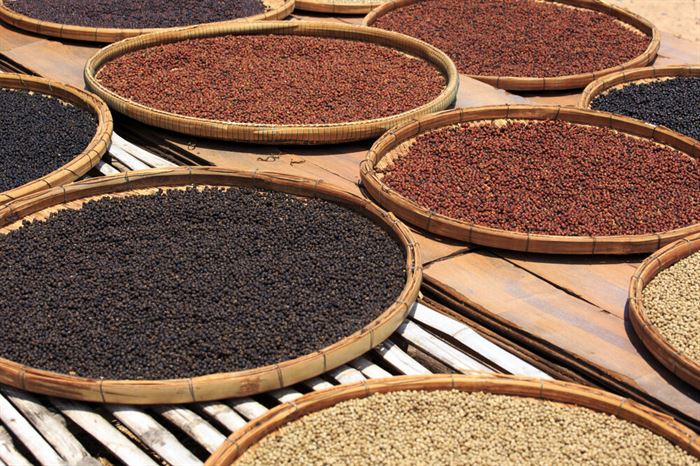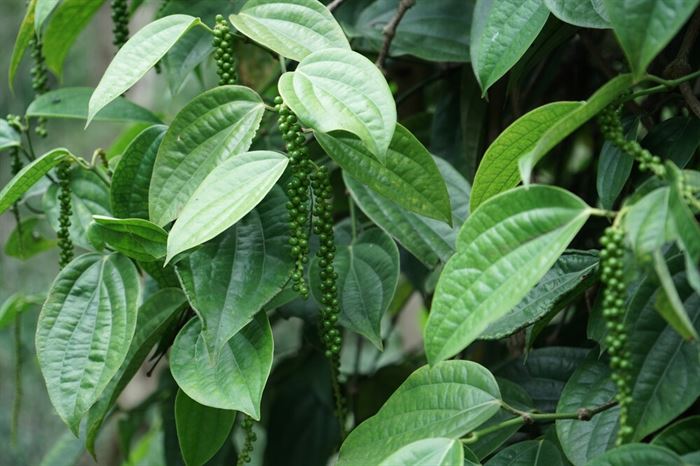Black pepper, often dubbed the “King of Spices”, has enraptured palates and cultures globally. This ubiquitous spice owes its heritage to the intriguing Black Pepper Tree. Journey with us as we trace its storied roots and embark on a flavorful expedition to discover its ancient origins.

Contents
The Mystique of the Black Pepper Tree
Native to the lush tropical regions, the Black Pepper Tree stands as a testament to nature’s culinary gifts. Its slender vines bear the prized peppercorns, sought after for millennia. Beyond its gastronomic allure, this tree holds profound cultural reverence in diverse traditions, symbolizing both wealth and wellbeing across continents.
Historical Regions of Black Pepper
The chronicles of black pepper are as seasoned as the spice itself. These tiny piquant pearls have played pivotal roles in trade, politics, and culinary affairs across the world.
The Ancient Trade Routes
Peppercorns, considered black gold, charted the course of ancient trade routes. Merchants of yore braved treacherous terrains and seas to source this coveted spice, making it a symbol of prosperity and power in old-world economies.

Pioneering Regions of Cultivation
While the pepper vine thrives in various tropical belts, two regions stand out in its historical narrative:
- South Asia: The Western Ghats of India, a biodiversity hotspot, have been the epicenter of pepper cultivation for ages. This verdant stretch witnessed the growth and proliferation of this valued crop, earning India the title of the “Land of Spices.”
- Southeast Asia: Notably, nations like Indonesia and Malaysia joined the pepper trade bandwagon, introducing their unique strains and processing methods, further enriching the global pepper tapestry.
Expanding Horizons
As trade networks expanded and botany evolved, the cultivation of pepper spread to newer shores. From the Americas to Africa, diverse geographies embraced this spice, each adding their distinctive touch to the legacy of black pepper.
The Art of Black Pepper Tree Cultivation
Growing the iconic spice requires a harmonious blend of nature’s elements and human intervention, making the cultivation of the Black Pepper Tree both an art and science.

Perfect Conditions for Growth
For the pepper vine to flourish, it seeks the embrace of a warm tropical climate, paired with well-draining soil rich in organic matter. These specific conditions, combined with high humidity and consistent rainfall, create the ideal nurturing grounds for these piquant pearls.
Evolution in Farming Practices
Historically, pepper was grown using traditional methods, often integrated with other crops to utilize natural shade and soil nutrients. However, as agronomic research advanced, modern techniques emerged. These practices focus on optimizing yield, ensuring plant health, and sustainable farming. Yet, some growers still swear by age-old techniques, believing they retain the spice’s authentic flavor.
Harvest black pepper
Once the peppercorns reach their peak ripeness, they’re hand-harvested with care. The next step involves sun-drying these gems, a process that transforms the green berries into the characteristic dark, wrinkled peppercorns. This sun-kissed procedure not only accentuates their spicy punch but also readies them for storage and eventual culinary adventures.

Culinary Uses of Black Pepper
Black pepper’s zestful spark has been igniting taste buds and enhancing dishes for millennia. This fiery spice has journeyed through time, adding depth and flavor to global culinary traditions.
Ancient Flavor Profiles
In bygone eras, peppercorns were more than just a kitchen staple. They graced the tables of emperors, found their way into sacred rituals, and became a revered ingredient in age-old recipes. From Roman feasts to Ayurvedic concoctions, its pungent warmth was a sought-after flavor enhancer.
A Global Spice Odyssey
As trade winds carried this spice across oceans, diverse cultures adopted and adapted it. Whether it’s the sharp sting in an Italian arrabbiata, the subtle heat in Thai curries, or the robust kick in American barbecue rubs, black pepper has seamlessly integrated into various culinary landscapes.
Recipe Inspirations
For those keen on exploring this spice’s versatility, consider dishes like pepper-crusted steak, creamy pepper pasta, or even a simple, yet transformative, freshly-ground topping on a warm bowl of soup, celebrating the full-bodied essence of this cherished spice.

Modern-Day Adventures: Seeking the Black Pepper Tree
Today, the allure of the Black Pepper Tree isn’t confined to just its culinary uses. It beckons adventurers, food enthusiasts, and storytellers to trace its roots and experience its magic firsthand.
Tales from the Pepper Trails
Many travelers recount their journeys to remote farms, where verdant pepper vines spiral around towering support trees. One memorable account tells of a voyage to Kerala, India, where a traveler chanced upon a centennial farm, its legacy entwined with tales of ancient spice trades and ancestral recipes.
Savoring the Essence at the Source
Nothing compares to the sensory delight of being amidst a pepper grove. As you walk through, the air is tinged with a spicy-sweet aroma, the promise of ripe peppercorns bursting with flavor. Picking a fresh drupe and tasting it reveals the spice’s true essence – an experience that store-bought variants can hardly replicate.

Conclusion
The Black Pepper Tree, with its centuries-old legacy, remains a testament to nature’s ability to weave culinary and cultural tales. Its influence spans across kitchens, histories, and geographies. As we close this exploration, may the piquant tales of this enduring spice inspire you to craft your own culinary stories and savor the world’s flavors anew.


